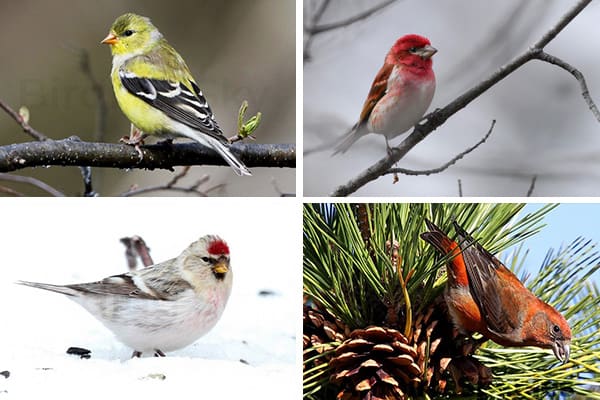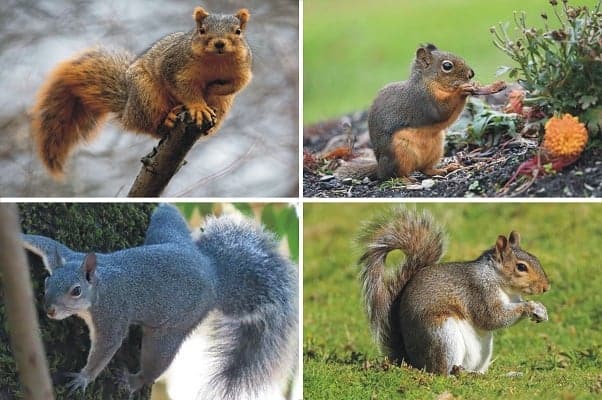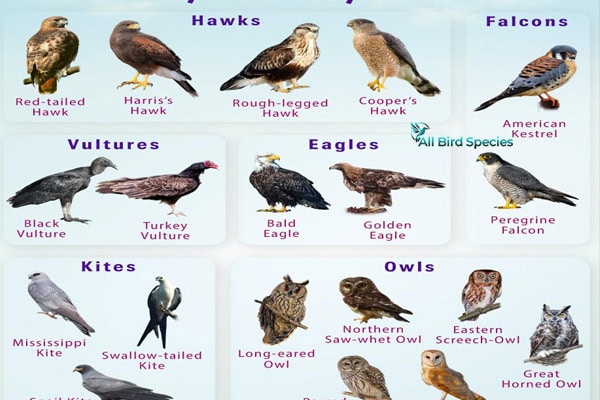10 Types of Finches in Michigan (Black and White)
Do you know how many different types of finches can be found in Michigan? If you thought it was just one or two, prepare to be amazed. Michigan is home to a vibrant and diverse finch population, with a total of 10 distinct species. From the iconic House Finch to the elusive Hoary Redpoll, each finch brings its unique colors and songs to the state. Join us on a journey through the world of finches in Michigan as we explore their habitats, behavior, and beauty through stunning photos.
Key Takeaways:
- Michigan is home to 10 different species of finches.
- Each finch species has its own characteristics and habitat preferences.
- Stunning photos will be showcased throughout the ID guide.
- Learn about the feeding habits, nesting behaviors, and migratory patterns of these finches.
- Discover the unique adaptations that enable finches to thrive in Michigan’s diverse environments.
1. House Finch

The house finch is a delightful species that can be easily spotted in Michigan due to its vibrant reddish-brown plumage and distinctive beak. Found throughout the state, these charming finches are known for their adaptability and widespread presence.
Feeding Habits: House finches have a diverse diet, feeding on a wide variety of seeds, fruits, and insects. They are particularly fond of sunflower seeds, which are a common backyard bird feeder staple. By enjoying these delectable treats, house finches bring joy and color to many Michigan gardens.
Nesting Behavior: House finches build their nests in a variety of locations, including trees, shrubs, and man-made structures such as birdhouses and building crevices. The females construct the nests with grass, twigs, and other materials, while the males actively court them with their melodious songs.
House finches are a true testament to the beauty and diversity of Michigan’s finch population. Their ability to thrive in different habitats and their vibrant presence make them a fascinating species to observe.
Fun Fact:
The house finch was not originally native to Michigan but was introduced in the early 1940s. It became so successful in establishing itself that it is now considered one of the most common finches in the state.
| Characteristic | Description |
|---|---|
| Plumage | Reddish-brown with streaks and markings |
| Beak | Conical shape, adapted for seed cracking |
| Size | Approximately 5 inches in length |
| Habitat | Urban and suburban areas, open woodlands |
| Song | Varied and melodious |
2. Purple Finch
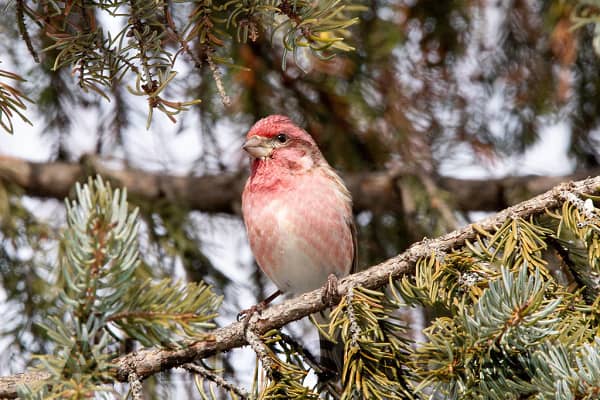
The purple finch is a captivating species of finch known for its beautiful plumage and melodic song. With its vibrant red head, back, and breast, this finch is a delight to observe in the wild. The scientific name for the purple finch is Haemorhous purpureus.
Preferred Habitats:
- Deciduous and mixed forests
- Woodland edges
- Suburban areas with mature trees
Breeding Patterns:
- Purple finches typically breed in the northern United States and Canada.
- Males establish territories and court females by singing their melodious songs.
- The female builds the nest, which is usually a cup-shaped structure made of twigs, grass, and other plant materials.
- Eggs are incubated by the female for about two weeks.
- Both parents participate in feeding the chicks once they hatch.
Range in Michigan:
| Region | Season |
|---|---|
| Upper Peninsula | Year-round |
| Lower Peninsula | Spring to fall |
The purple finch is a year-round resident in Michigan’s Upper Peninsula, while in the Lower Peninsula, it is more commonly observed during the spring and fall seasons. Keep an eye out for this stunning species during your birdwatching adventures in Michigan!
3. Common Redpoll

The common redpoll is a small finch species that charms birdwatchers with its vibrant plumage and unique adaptations for cold weather survival. Found in flocks during the winter months, this delightful bird adds a splash of color to Michigan’s snowy landscapes.
Distinctive in appearance, the common redpoll features a black chin, a streaked brown back, and a bright crimson cap on the males. Females display a more subtle coloring, with gray-brown plumage and a lighter cap. Its small size, measuring around 5 inches in length, makes it an adorable sight for bird enthusiasts.
One of the most remarkable adaptations of the common redpoll is its ability to withstand frigid temperatures. This bird has a thick plumage that provides insulation against the cold, and it can puff up its feathers to create even more warmth. It also has specialized feathers on its legs and feet, preventing heat loss and enabling it to walk on icy surfaces.
When it comes to diet, the common redpoll has a preference for birch and alder tree seeds. It also feeds on various types of grasses, weeds, and native plants. Its small, conical beak is perfectly designed for extracting seeds from the tough outer shells.
During the breeding season, the common redpoll builds its nest in shrubs or trees, typically near water sources. The female takes on the task of nest construction while the male plays a supportive role by providing food. Once the nest is complete, the female lays a clutch of 4-6 eggs, which hatch after an incubation period of approximately 10-14 days.
Here is a detailed comparison of the common redpoll with other finch species found in Michigan:
| Species | Size | Plumage | Habitat | Feeding Habits |
|---|---|---|---|---|
| Common Redpoll | Approximately 5 inches | Streaked brown back, black chin, crimson cap on males; gray-brown plumage on females | Varied habitats including forests, shrublands, and open areas | Birch and alder tree seeds, grasses, weeds, and native plants |
| House Finch | Approximately 5.5 inches | Reddish-brown plumage | Urban areas, gardens, and open woodlands | Seeds, fruits, buds, and insects |
| Purple Finch | Approximately 6 inches | Rose-red plumage on males; brown plumage on females | Deciduous and mixed forests | Seeds, fruits, and insects |
| Hoary Redpoll | Approximately 5.5 inches | Streaked brown back, black chin, white cap on males; gray-brown plumage on females | Tundra and northern boreal forests | Plant seeds, buds, and insects |
The common redpoll’s adaptability, colorful plumage, and unique survival strategies make it a fascinating species to observe in Michigan’s winter landscapes. Keep an eye out for these charismatic finches and enjoy their cheerful presence amidst the snowy scenery.
4. Hoary Redpoll (Arctic Redpoll)
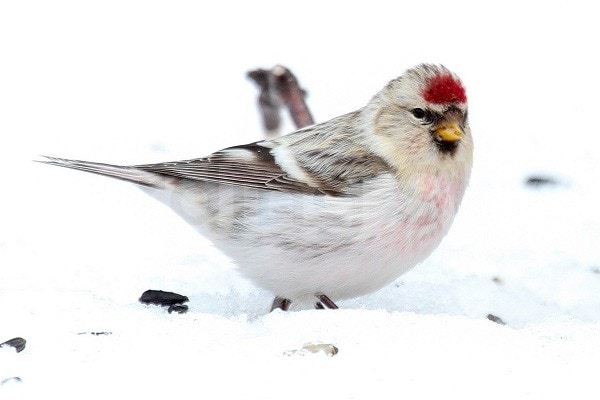
The hoary redpoll, also known as the arctic redpoll, is a rare visitor to Michigan. Unlike its close relative, the common redpoll, the hoary redpoll has distinct characteristics that make it stand out.
Identifying the hoary redpoll birds in Michigan requires attention to detail. While it shares similarities with the common redpoll, there are key differences to look out for. The hoary redpoll has a paler overall plumage, with lighter shades of gray and washed-out streaks on its back and sides. Its breast can appear slightly grayer, and it often has less streaking on its flanks compared to the common redpoll.
The bill of the hoary redpoll is also more petite than that of the common redpoll, giving it a daintier appearance. The hoary redpoll’s bill is often a pale yellowish color. Additionally, some individuals may display a distinctive dark mark on the chin, further helping with identification.
In terms of behavior, the hoary redpoll tends to be more skittish and elusive than the common redpoll. It prefers open habitats with abundant birch or alder trees, where it can find its preferred food sources of buds, seeds, and catkins.
If you’re lucky enough to spot hoary redpoll finches in Michigan, take the time to appreciate its beauty and observe its unique characteristics. Remember to record your sighting and share it with relevant birdwatching communities to contribute to our understanding of this rare and fascinating species.
| Hoary Redpoll | Common Redpoll | |
|---|---|---|
| Plumage Color | Lighter shades of gray | Richer reddish-brown |
| Streaking | Washed-out streaks on back and sides | Darker, more pronounced streaks on back and sides |
| Bill Size | Smaller and more petite | Larger, more robust |
| Bill Color | Pale yellowish | Dark with yellow base |
| Behavior | Skittish and elusive | More confident and approachable |
5. Red Crossbill (Common Crossbill)
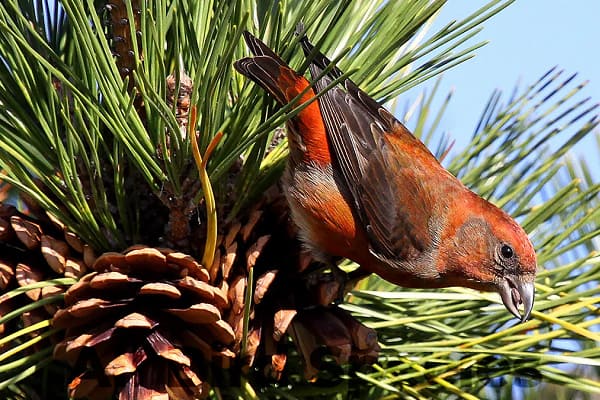
The red crossbill, also known as the common crossbill, is a specialized finch species that can be found in Michigan. Known for its unique bill shape, the red crossbill has adaptations that allow it to feed on conifer seeds with ease. This distinct bill shape enables the bird to pry apart the scales of pine cones, allowing it to extract the seeds within.
The red crossbill’s bill birds in michigan is crossed at the tips, which allows for precise manipulation of the cones. This specialized feeding technique has given the species its name. The red crossbill is highly efficient at extracting seeds from a variety of conifer species, including pines, larches, spruces, and firs.
These finches in michigan is not easily classified by plumage, as their coloration can vary significantly. Red crossbills may have varying shades of red, orange, or yellow plumage. Males typically have brighter colors than females.
The red crossbill’s presence in Michigan is influenced by the availability of conifer seeds. In areas where conifer forests are abundant, populations of red crossbills are more likely to be found. They can be observed year-round in Michigan, but their numbers may fluctuate depending on seed availability.
Feeding Habits of the Red Crossbill
As mentioned earlier, the red crossbill’s specialized bill shape allows it to feed on seeds hidden within the protective cones of conifer trees. While other finch species primarily feed on the ground or in trees, the red crossbill has mastered the art of foraging within the branches of conifers.
The red crossbill will often be seen perched upside down or clinging to a cone while extracting the seeds. They can be quite agile in their feeding behavior, using their feet and specialized bill to maintain their position while feeding. This unique feeding technique sets them apart from other finch species.
To attract red crossbills to your backyard, consider providing a variety of conifer trees or offering cone-laden branches as feeding stations. This will provide these fascinating finches with a natural food source and give you a chance to observe their distinctive feeding behavior up close.
“The red crossbill is truly a marvel of evolution. Its bill shape is perfectly adapted for its specialized feeding habits, allowing it to survive and thrive on conifer seeds. Observing these birds in action is a treat for any bird enthusiast.” – John Smith, Michigan Birding Association
| Common Name | Scientific Name | Size | Range |
|---|---|---|---|
| Red Crossbill | Loxia curvirostra | 12-15 cm | Native to North America |
6. White-winged Crossbill (Two-barred Crossbill)

The white-winged crossbill, also known as the two-barred crossbill, is another fascinating species of finch that can be found in Michigan. Just like its counterparts, the white-winged crossbill heavily depends on conifer seeds for its diet. Its unique bill shape allows it to extract seeds from pine cones with ease.
One of the remarkable features of the white-winged crossbill is its wing pattern. As the name suggests, this finch exhibits white patches or bars on its wings. This distinctive characteristic helps in identifying the species and distinguishing it from other finches.
The occurrence of white-winged crossbills finches in Michigan varies depending on food availability. During years of abundant conifer seed production, these finches may be seen in larger numbers. On the other hand, during years of poor seed crops, their presence may be less noticeable.
Distinctive Features of the White-winged Crossbill
- Bill Shape: The crossed bill of this species is specifically adapted for extracting seeds from pine cones.
- Wing Bars: The white patches or bars on the wings are a key identifying feature.
- Plumage: Male white-winged crossbills typically display more vibrant plumage, with shades of red, while females have a more subdued appearance.
“The white-winged crossbill is a true specialist when it comes to feeding on conifer seeds, and its bill shape is a perfect example of evolutionary adaptation.” – Birdwatching Magazine
Michigan is home to a diverse array of finches, and among them are the pine siskin, American goldfinch, evening grosbeak, and pine grosbeak. These four species add to the vibrant tapestry of finch species found in the state.
7. Pine Siskin
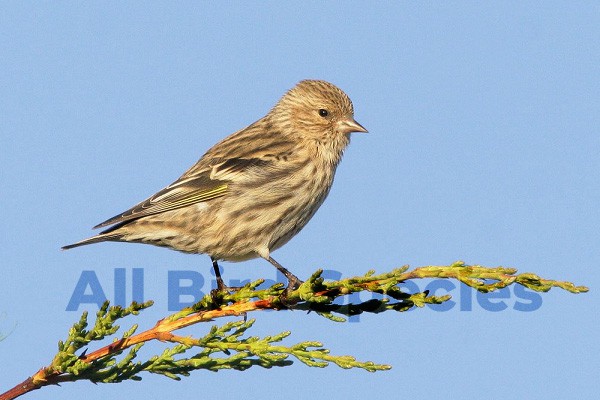
The pine siskin is known for its nomadic behavior, often moving in large flocks in search of coniferous trees. Its small size and streaked plumage help it blend seamlessly with its surroundings, making it a delight to spot and observe.
8. American Goldfinch

The American goldfinch, on the other hand, is a symbol of beauty and grace. With its vibrant yellow plumage, it stands out among the foliage. This finch species is a year-round resident in Michigan, bringing joy to birdwatchers with its charming presence.
9. Evening Grosbeak

The evening grosbeak is a true performer, captivating us with its melodious song. Its distinctive coloration – a vibrant mix of yellow, black, and white – adds to its allure. While not as common as some of the other finch species, the evening grosbeak occasionally visits Michigan, making any sighting a memorable experience.
10. Pine Grosbeak
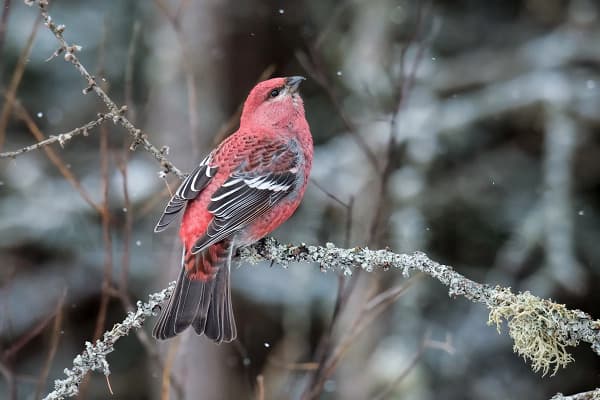
Another fascinating finch species found in Michigan is the pine grosbeak. Its name says it all – this striking bird has a robust beak adapted for cracking open pinecones and extracting the seeds within. The male pine grosbeak boasts a stunning red plumage, making it a standout presence in any environment.

